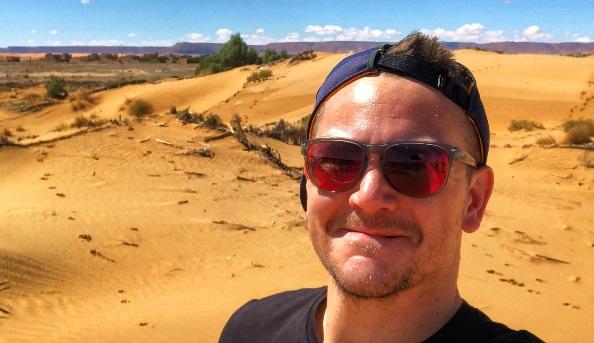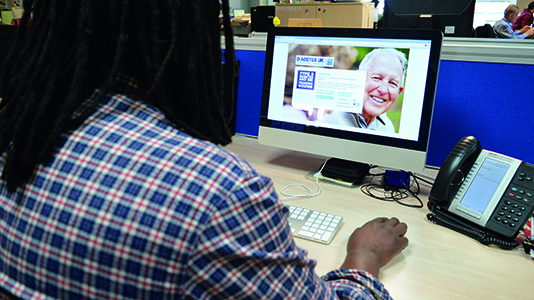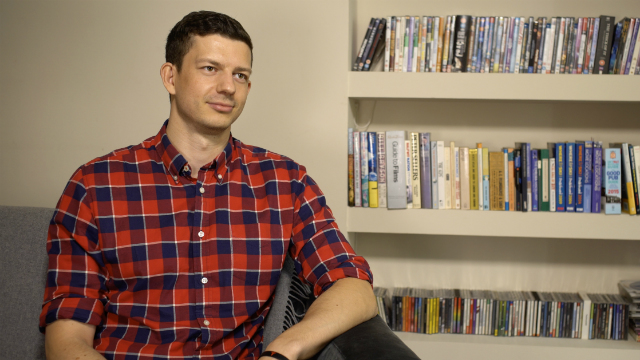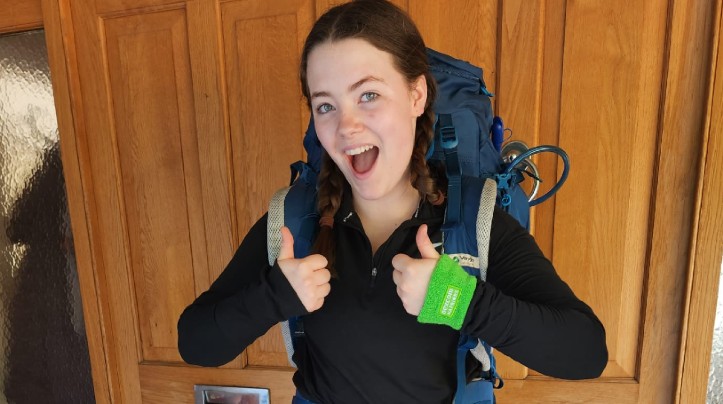
Rob Brown
Diagnosed age 13 in 1991.
Running with type 1, like life with type 1, is a balancing act. An insulin pump helps give you greater stability, but it still takes practice to get it right.
After being diagnosed with type 1 diabetes in early adolescence, Balance cover star and member Rob spent many years feeling completely overwhelmed by his condition. Becoming a father and discovering the mental and physical benefits of exercise has had a huge impact on his wellbeing.




